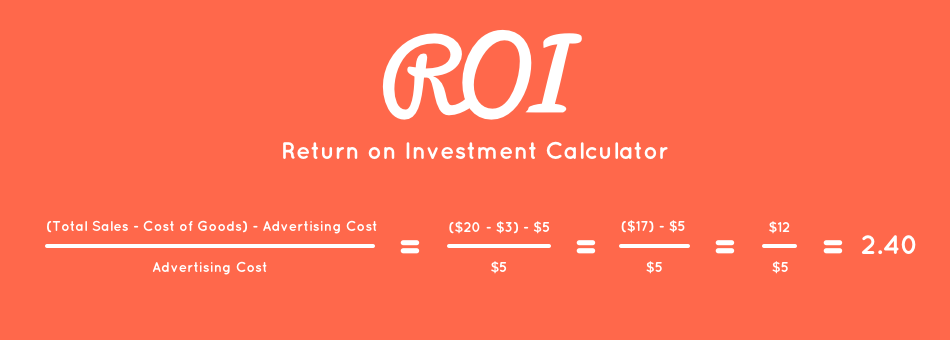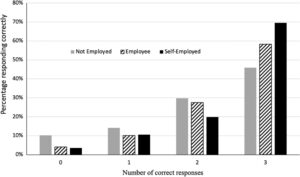Return on investment (ROI) is an important metric for investors and business owners alike, as it provides insight into the profitability of a particular venture. ROI is calculated by dividing the gains from an investment by the cost of that investment.
Knowing how to calculate ROI accurately and effectively can help to ensure that investments are worthwhile and profitable. In this article, we will discuss how to calculate ROI in detail so that you can maximize your financial gains.
Defining ROI
The return on investment (ROI) is a key metric for any business owner or investor. ROI measures the effectiveness of an investment and is used to determine how well investments are performing relative to their cost. It’s essential for understanding the potential profitability of an investment, as well as which investments should be prioritized for maximum return. In order to calculate ROI, one must understand its definition and components.
Calculating Gross Profit
Calculating gross profit is an important part of determining a company’s return on investment. Gross profit is the difference between total revenue and the cost of goods sold. To calculate gross profit, you’ll need to subtract the cost of goods sold from total revenue and then divide it by total revenue. This number can be used to measure the efficiency of certain operations in terms of how much money they generate for each dollar invested in them.
Gross profit is one of several financial measures that businesses use to determine their profitability and assess performance over time. It’s important to consider both all costs associated with production as well as sales when calculating gross profit since both are factored into the overall ROI calculation. By understanding how these two components interact, businesses can better predict future returns on investments and make more informed decisions about where to allocate resources.
Calculating Investment Costs
Return on Investment (ROI) is an important metric used by investors to measure profitability. Knowing how ROI works will help you decide which investments are right for your portfolio and understand their costs more clearly.
The calculation of ROI takes into account both the money gained or lost during an investment period, as well as the amount initially invested. It is expressed in terms of a percentage rate, allowing you to compare different investments with ease. To calculate ROI, subtract the initial cost from the total gains or losses and then divide by the initial cost – this will give you your return on investment ratio as a decimal form that can easily be converted into a percentage.
Identifying Non-Financial Benefits
When considering the financial cost of a business decision, it is important to also consider the non-financial benefits. While return on investment (ROI) is often used to compare potential profits and losses of action, there are additional factors that may be beneficial in making a choice. Identifying these non-financial benefits can help to paint a full picture of the advantages or drawbacks of any given decision.
Calculating Net Profit
Calculating net profit is an important element of determining return on investment (ROI). In order to calculate ROI, businesses must first understand their net profit. Net profit is calculated by subtracting all expenses from a company’s total revenue. This includes costs such as materials, labor, overhead and taxes. Once these costs are deducted from the total revenue, businesses can calculate their exact net profit.
Net profit can help companies identify how much money they have left after expenses for investments or other business opportunities. It also helps them measure their success in comparison to goals that were set at the beginning of a fiscal year or project cycle. By using this metric, businesses can get a better understanding of how effective their plans and strategies actually are in increasing profits.
Conclusion
Understanding Return on Investment (ROI) is an important part of any business decision. This metric helps organizations assess the profitability of investments, both in terms of profits and losses. Through a thorough understanding of ROI, businesses can make informed decisions about their future investments and maximize their returns.
In this article, we have taken a closer look at how ROI is calculated. We discussed the different components that go into calculating ROI, such as revenue and expenses associated with an investment. By breaking down these elements, we can gain insight into how each element contributes to the overall return on investment. Additionally, we explored some examples that demonstrate how ROI calculations might be used in real-world situations.
By gaining a better understanding of ROI calculation techniques, businesses can make more informed decisions regarding investments and confidently determine which ones could potentially bring higher returns on investment.











Be First to Comment